Name of the Area:
Village: Atghar Kuriana
Union: Atghar Kuriana
Upazila: Sharupkathi
Description of the area (Landscape):
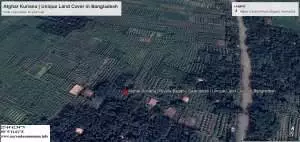
The landscape of the area we visited in Atghar, Sharupkathi is pretty much unique. The landscape is basically developed based on “Sorjan Cultivation” method. In the raised beds of the land two perennial crops e.g. guava and hog plum are cultivated. Banana cultivation is also visible there as the annual crops. Pumpkin is also cultivated in the raised beds as the seasonal crop.
Name the land uses of the spots (with coordinates):
Cropping Pattern: Guava Cultivation
GPS Coordinates (Latitude and Longitude): 22°44’09” N 90°10’51” E
The name of crops grown in the study area:
a) Seasonal: Pumpkin (Cucurbita moschata)
b) Annual: Banana tree (Musa spp.)
c) Perennial: Guava (Psidium guajava), Hog plum (Spondias mombin)
Sketch of the cultivation technology:
The name of the technology is called “Sorjan Cultivation”. The community of Swrapkathi area has stepped ahead to combat natural disasters to ensure food security using their indigenous knowledge and local innovative technology with the help of different stakeholders. Aside from the floating garden, a further principal system for saline and non-saline areas vulnerable to waterlogging is the Sorjan method, another term that can be used regarding this is “raised bed” system.
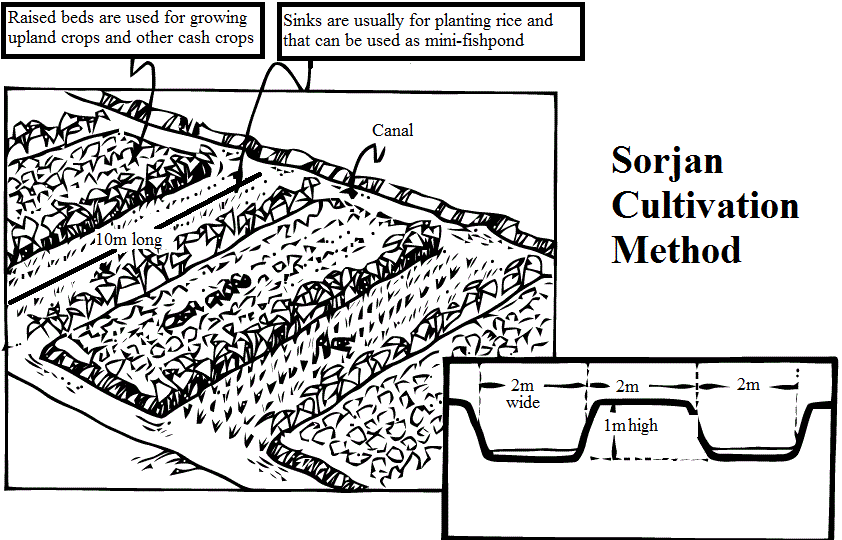
Moreover, the sorjan cultivation is a better practice that is exclusively used in southern Bangladesh to develop the food security of the people. The raised beds are 10 m long. 2m wide and 1 m high, Interspersed with ditches 10 m long, 2 m wide and 1 m deep are constructed in the dry season, with the topsoil replaced onto the top of the beds when finished. Vegetables and fruit can be cultivated on top of the bed, while trellis made with bamboo or other materials can support creeper vegetables over the ditches and in the monsoon different kinds of fishes can even be cultured in the ditch section Currently, “Sorjan Cultivation is very much popular at the community level in the coastal areas of our country. With the application of the social method, the coastal community develops their agricultural production, which increases food security in the poor vulnerable people of the area. Some photos of the landscape and vegetations are attached here.
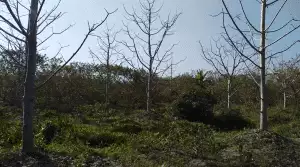
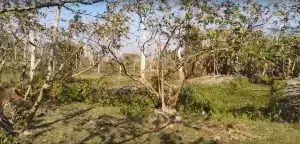
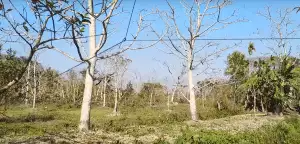

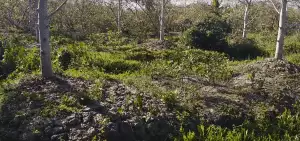
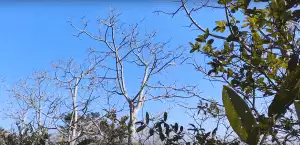

Acknowledgment: I am grateful to Jalal Uddin Sir for his constant encouragement and support to complete the assignment.
Author:
Md. Nayem Hasan Munna
Soil and Environmental Sciences,
The University of Barishal,
Barishal, Bangladesh.
Email: [email protected]
Websites: www.nayemhasanmunna.info
www.ourgreenlab.org